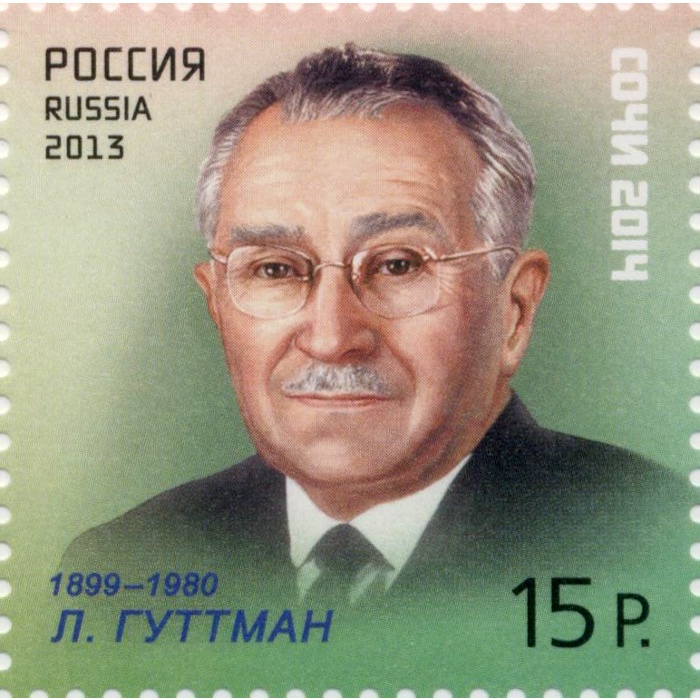|
Ali Ghribi
Ali Ghribi is a Paralympic athlete from Tunisia competing mainly in category P58 pentathlon events. He competed in the 2000 Summer Paralympics in Sydney, Australia. There he won a gold medal in the men's Pentathlon - P58 event. He also competed at the 2004 Summer Paralympics in Athens, Greece Greece,, or , romanized: ', officially the Hellenic Republic, is a country in Southeast Europe. It is situated on the southern tip of the Balkans, and is located at the crossroads of Europe, Asia, and Africa. Greece shares land borders with .... , finished eighth in the men's Discus throw - F58 event, finished seventh in the men's Javelin throw - F58 event and finished fourth in the men's Pentathlon - P54-58 event External links * Year of birth missing (living people) Living people Paralympic athletes of Tunisia Athletes (track and field) at the 2000 Summer Paralympics Athletes (track and field) at the 2004 Summer Paralympics Paralympic gold medalists for Tunisia ... [...More Info...] [...Related Items...] OR: [Wikipedia] [Google] [Baidu] |
Paralympic Athletics
Para-athletics is the sport of athletics practised by people with a disability as a disabled sports, parasport. The list of athletics events, athletics events within the parasport are mostly the same as those available to able-bodied people, with two major exceptions in wheelchair racing and the club throw, which are specific to the division. The sport is known by various names, including disability athletics, disabled track and field and Paralympic athletics. Top-level competitors may be called elite athletes with disability. Competitors are typically organised into three broad categories: deaf sports, athletes with a physical disability, and athletes with an intellectual disability. Deaf athletes typically compete among themselves, while athletes with physical and intellectual disabilities are usually assessed and given a para-athletics classification, which groups together athletes with similar ability levels. These classifications are governed by the International Paralympi ... [...More Info...] [...Related Items...] OR: [Wikipedia] [Google] [Baidu] |
Paralympic Athletes Of Tunisia
The Paralympic Games or Paralympics, also known as the ''Games of the Paralympiad'', is a periodic series of international multisport events involving athletes with a range of physical disabilities, including impaired muscle power and impaired passive range of movement, limb deficiency, leg length difference, short stature, hypertonia, ataxia, athetosis, vision impairment and intellectual impairment. There are Winter and Summer Paralympic Games, which since the 1988 Summer Olympics in Seoul, South Korea, are held almost immediately following the respective Olympic Games. All Paralympic Games are governed by the International Paralympic Committee (IPC). The Paralympics has grown from a small gathering of British World War II veterans in 1948 to become one of the largest international sporting events by the early 21st century. The Paralympics has grown from 400 athletes with a disability from 23 countries in Rome 1960, where they were proposed by doctor Antonio Maglio, to 4,520 ... [...More Info...] [...Related Items...] OR: [Wikipedia] [Google] [Baidu] |
Wheelchair Discus Throwers
A wheelchair is a chair with wheels, used when walking is difficult or impossible due to illness, injury, problems related to old age, or disability. These can include spinal cord injuries (paraplegia, hemiplegia, and quadriplegia), cerebral palsy, brain injury, osteogenesis imperfecta, motor neurone disease, multiple sclerosis, muscular dystrophy, spina bifida, and more. Wheelchairs come in a wide variety of formats to meet the specific needs of their users. They may include specialized seating adaptions, individualized controls, and may be specific to particular activities, as seen with sports wheelchairs and beach wheelchairs. The most widely recognized distinction is between motorized wheelchairs, where propulsion is provided by batteries and electric motors, and manual wheelchairs, where the propulsive force is provided either by the wheelchair user or occupant pushing the wheelchair by hand ("self-propelled"), by an attendant pushing from the rear using the handle(s), or b ... [...More Info...] [...Related Items...] OR: [Wikipedia] [Google] [Baidu] |
Wheelchair Javelin Throwers
A wheelchair is a chair with wheels, used when walking is difficult or impossible due to illness, injury, problems related to old age, or disability. These can include spinal cord injuries (paraplegia, hemiplegia, and quadriplegia), cerebral palsy, brain injury, osteogenesis imperfecta, motor neurone disease, multiple sclerosis, muscular dystrophy, spina bifida, and more. Wheelchairs come in a wide variety of formats to meet the specific needs of their users. They may include specialized seating adaptions, individualized controls, and may be specific to particular activities, as seen with sports wheelchairs and beach wheelchairs. The most widely recognized distinction is between motorized wheelchairs, where propulsion is provided by batteries and electric motors, and manual wheelchairs, where the propulsive force is provided either by the wheelchair user or occupant pushing the wheelchair by hand ("self-propelled"), by an attendant pushing from the rear using the handle(s), or b ... [...More Info...] [...Related Items...] OR: [Wikipedia] [Google] [Baidu] |
21st-century Tunisian People
The 1st century was the century spanning AD 1 ( I) through AD 100 ( C) according to the Julian calendar. It is often written as the or to distinguish it from the 1st century BC (or BCE) which preceded it. The 1st century is considered part of the Classical era, epoch, or historical period. The 1st century also saw the appearance of Christianity. During this period, Europe, North Africa and the Near East fell under increasing domination by the Roman Empire, which continued expanding, most notably conquering Britain under the emperor Claudius (AD 43). The reforms introduced by Augustus during his long reign stabilized the empire after the turmoil of the previous century's civil wars. Later in the century the Julio-Claudian dynasty, which had been founded by Augustus, came to an end with the suicide of Nero in AD 68. There followed the famous Year of Four Emperors, a brief period of civil war and instability, which was finally brought to an end by Vespasian, ninth Roman emperor, a ... [...More Info...] [...Related Items...] OR: [Wikipedia] [Google] [Baidu] |



